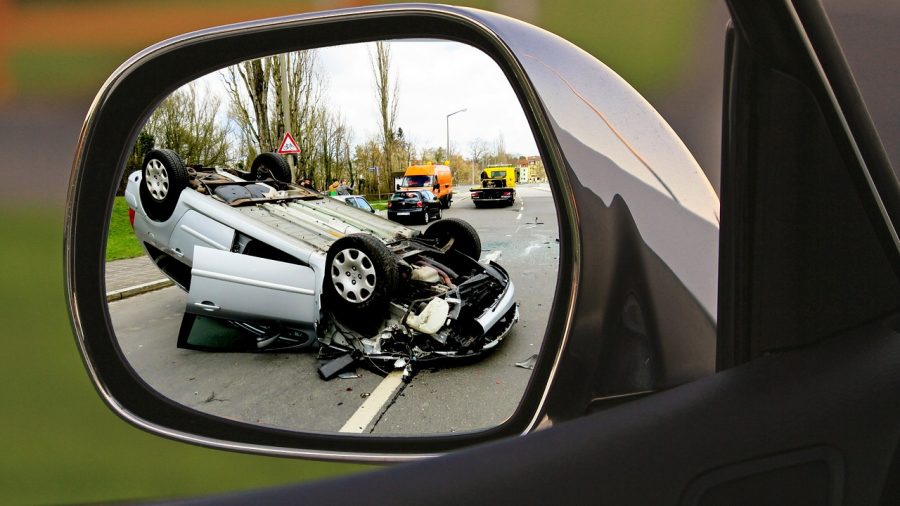Imagine you are driving home along a motorway when you see a horrific crash ahead. There are two choices: you can stop and try to help or you can drive on. Most drivers decide not to stop and, even if they did, may be unsure what they are allowed to do.
Your choice
First of all, it is your choice whether you decide to stop or not. This is because you must be confident enough to do what is required. For example, you may have to give life saving help or fully describe on the phone a distressing scene to emergency services. These can be difficult and traumatic tasks for which you can’t prepare.
Your safety
There is no point in stopping to help if you have to endanger yourself in the process. An accident on a motorway is hazardous enough, without adding to it by blocking the motorway. The first task is to call emergency services. Sometimes it may be safer to drive on, find a bay to stop, and then call for help.
Sometimes witnesses of a crash scene want to direct traffic to protect people in the accident. Leave this job to the police. Police directing traffic always wear bright protective clothing, use a torch, or have a nearby vehicle with emergency lights flashing. Witnesses who try to direct traffic could even endanger their own lives.
How to help
If you call emergency services, they will direct you about what to do with injured people. In most cases, you should not attempt to touch or move them unless they are in immediate danger. The best options are to:
- Give them confident reassurance that help is coming
- Try to make them as warm and comfortable as possible
- Stay with them until help comes
- Remember they might be in shock.
This short summary is for people who come across the scene of a road accident. It is not intended to advise anyone who is actually involved in a motor accident.
Mandatory green slips cover the injuries of people in a road accident involving your vehicle. Get the cheapest price for your green slip here.


your opinion matters: